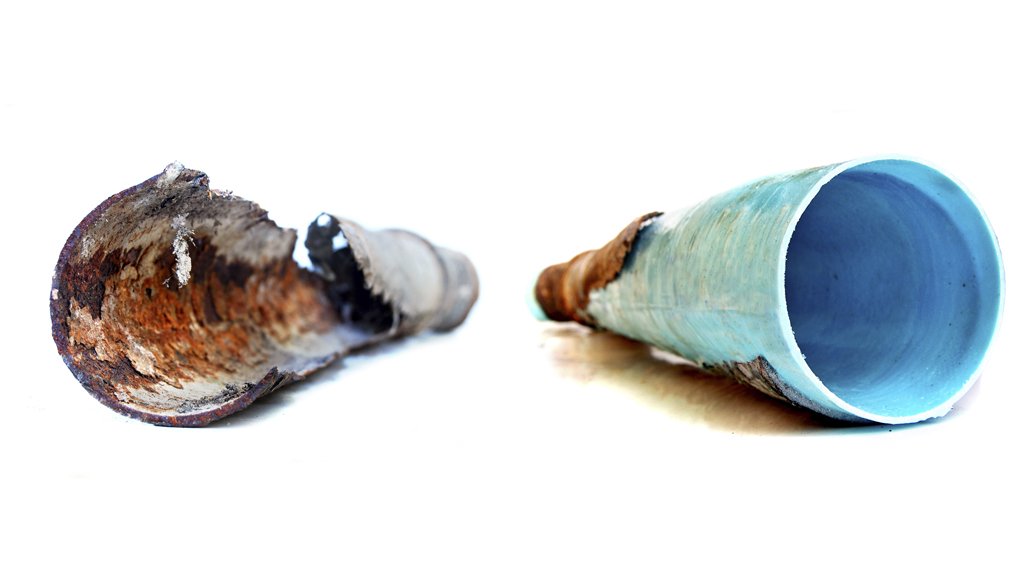Needle punch products manufacturer Fibertex asserts that the Fibertex KAVI felts – a textile that is produced by matting, condensing and pressing fibres together –has numerous advantages over conventional open trench pipe repair procedures.
Fibertex South Africa business development manager Lance Woolley explains that this type of in-place pipe restoration is an economical and efficient alternative to traditional pipe system replacement.
“The epoxy liner seals and protects pipes from further deterioration, and dramatically extends the life of the piping system. It can be used on most types of piping materials includ- ing copper, clay, galvanised steel metal, polyvinyl chloride and concrete,” he comments.
He elucidates that there are two locally produced Fibertex KAVI nonwoven fabrics in the range: the Fiberliner 030 and the Fiberliner 060 that complement the European options – KAVI 660, KAVI 6805 and KAVI 960 – which are all available in standard 100-m-length rolls.
He notes that the Fibertex KAVI felts are manufactured from polyester fibres, which form the basis for effective coating and installation of cured-in-place pipe (CIPP) liners, for highly efficient ‘no-dig’ pipeline renovation projects.
Woolley says that, with these CIPPs, there is no need for excavation during pipeline repair work which often is an inconvenience to traffic, production, business and residential areas.
Advantages
Woolley comments that the felts are resistant to abrasion and chemical agents and are also designed to later accept the saturation of epoxy-based polyurethane resins to ensure efficient performance and extended service life from the cured pipe liner.
He says that Fibertex KAVI needle punched fabrics also ensure elasticity of the repaired pipelines, providing a smooth interior with no joints. He adds that contamination is minimised and cracks in the yielding soil are prevented.
“These environment-friendly needle punched nonwoven felts are designed to restore full or partial pipeline bearing capacity, improve hydraulic pipeline parameters, increase flow rate and ensure perfect pipeline tightness,” he highlights.
Moreover, Woolley asserts that another advantage is that uniform felt weight and density is designed to meet exact application requirements, as well as the diameter and shape of the pipe to be repaired, including ovoid, arch-shaped or circular cross sections. More specifically, felts made for building up layers are produced to precise width and length specifications, with uniform thickness.
He points out that, in terms of the benefits of Fibertex CIPP technology, it also includes polyester fibres that provide at least 50 years of durability, biaxial stiffness made to exact specifications and suitability for inversion, pull-in and inflate installations.
“The local Fibertex plant in Hammarsdale, KwaZulu-Natal, manufactures an extensive range of geosynthetic products for use in diverse sectors, including mining, civil engineering, construction, waste and environmental fields. In addition, the company also offers solutions for technical fabrics in the automotive, filtration, furniture and flooring industries, drawing on the global technical expertise of the broader Fibertex Nonwovens Group, one of the leaders in nonwoven textiles,” he concludes.
Edited by: Zandile Mavuso
Creamer Media Senior Deputy Editor: Features
EMAIL THIS ARTICLE SAVE THIS ARTICLE
To subscribe email subscriptions@creamermedia.co.za or click here
To advertise email advertising@creamermedia.co.za or click here













